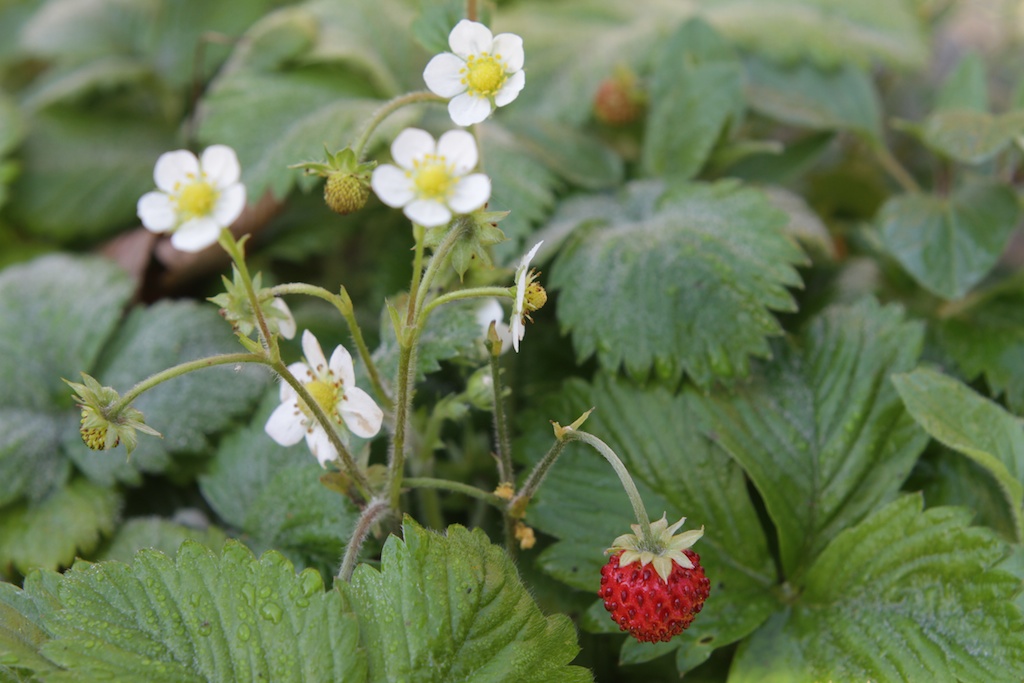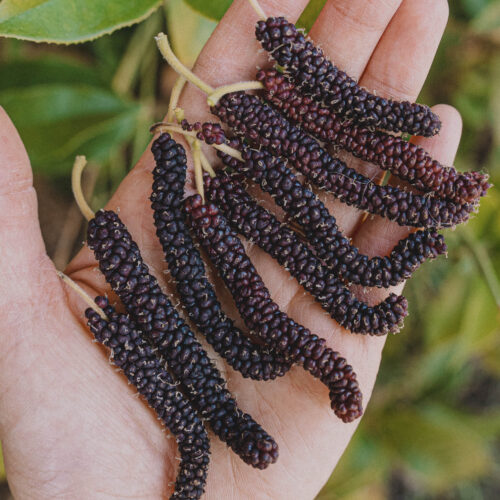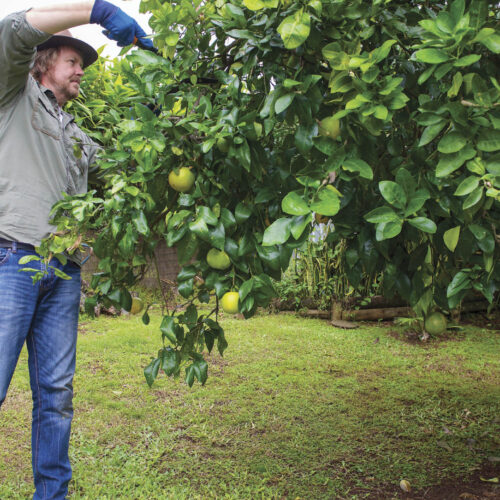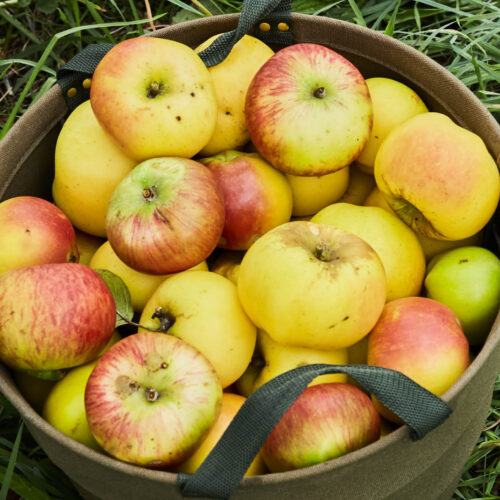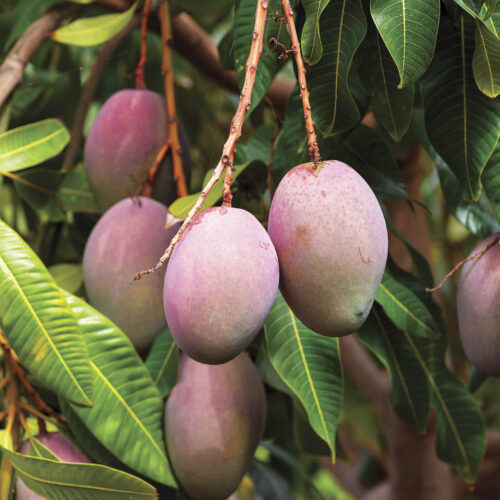Grow alpine strawberries
2014-08-28T02:15:18+10:00
PENNY WOODWARD suggests you try growing these tiny morsels of delight.
Alpine strawberry (Fragaria vesca subsp. vesca forma semperflorens) is a runnerless cultivar of the strawberry that grows wild in Europe, where they thrive in cool regions and are spread by deer grazing on them. The Alpine cultivar though, is a great plant for growing in pots or it makes a delicious and fragrant border for a vegie or ornamental garden. Alternatively try planting them in a hanging basket. If you have a big basket, put in three or four plants and as they grow you’ll be able to easily pick the fruit hanging over the side.
These strawberries grow as a compact clump (40cm by 40cm) with brown stems and stalked typical strawberry leaves consisting of three leaflets. The white, yellow centred flowers grow on long stems and occur in groups of three to ten. The small edible fruit that follows is tear-shaped and usually red, although it can be yellow or white, and the flavour is true strawberry with undertones of blackberry. The taste has also been described as strawberry combined with the scent of a lolly shop!
These are the perfect home garden plant, as the fruit don’t last for more than two or three days once picked, so are very difficult to grow commercially. Grow alpine strawberries from seed sown in spring or summer or divide clumps in spring and autumn. Even if you don’t need more plants, divide them every three years anyway, to stop the plants becoming too woody. Alpine strawberries like the same conditions as other strawberries, a humus-rich, acid, sandy loam soil and a sunny to semi-shaded position. Although a position that gets the hot afternoon summer sun provides too much heat. I mulch them with pine needles and compost every spring, but apart from making sure they get enough water when the fruit is setting, they need very little attention.
In my mild, warm temperate climate, I harvest fruit from spring right through to autumn, and often into winter, depending on the season. You need several plants to get a good supply and patience while picking, they are small and it can take a while to get a handful. But the ease of growing and the exceptional flavour make them a delightful addition to any garden, especially if it contains small children. They love to pick the fruit and as they contain as much Vitamin C as oranges, they are good for us too, as well as tasting great.

